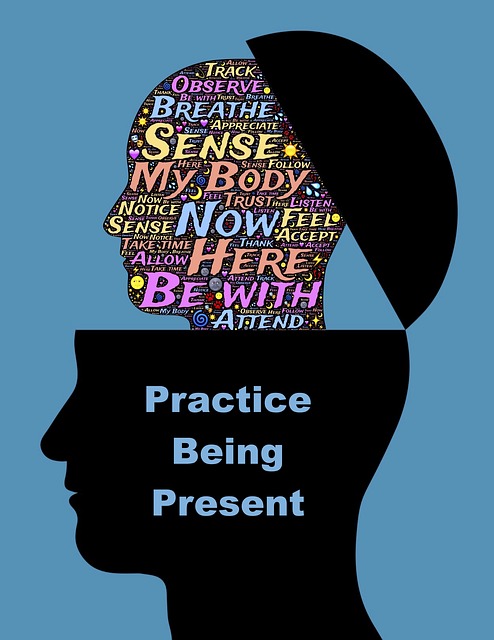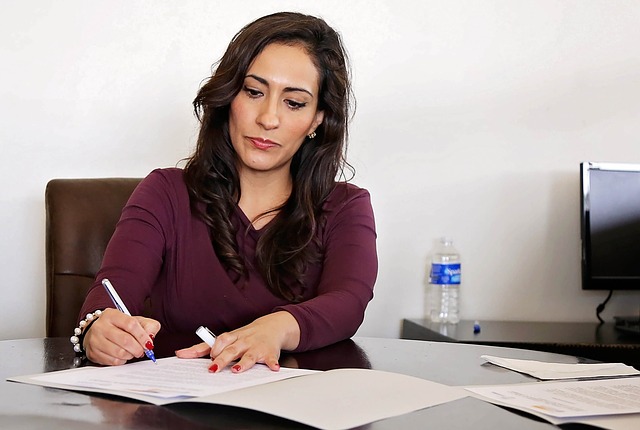Mindfulness is about being present in the moment and doing so in a way that is open to, and accepting of, whatever is the reality of our lives. It means not resisting our lives but approaching our lives with curiosity and a willingness to be with the present moment.
We often hear in the context of mindfulness that it is important not to be lost in the past (which leads to depression) or in the future (which leads to anxiety). However, the past and the future have a positive role to play in our lives.
Mindful of the past
The opposite to being mindful of the past is to be always living in the past – obsessing about what might have been, what we could have done. It is replaying in our head the negative things we have done or experienced – going over and over them so that the past controls us. We can become obsessed about the past and stuck on what happened, unable to let go. This inevitably leads to disappointment, frustration, sadness, resentment and depression.
Being mindful of the past can involve a positive approach to life. If we reflect on our actions and the outcomes, intended and unintended, we can learn from this process, if it is done in a non-judgmental way. Through reflection, we can really grow in self-awareness and self-management, because we can recognise the negative triggers, our responses and alternative ways of acting and being-in-the-world.
When we engage in gratitude meditation we can revisit in a positive way what has happened for us in the past. We can appreciate the skills we have developed, the opportunities to acquire qualifications, the support of our parents/siblings/friends, the synchronicity that flowed from our focus, and the opportunities that opened up for us because of our life circumstances.
Mindful of the future
Approaching the future mindlessly can involve obsessing about the negative things that can potentially happen in our lives. The word “potentially” is used consciously here- much of what we imagine will never happen. We can easily get into a spiral of negative thoughts that leads to catastrophising- envisaging the worst possible outcome. Unfortunately, our minds have a negative bias but we can train our minds to be positive in outlook and open to opportunities that may come our way. A morbid fixation on the future can only lead to fear, worry and anxiety and destroy our potential for happiness in the present.
We need to attend to the future and this can be healthy and positive. We have to plan ahead for many things such as getting to work, what to wear, what to focus on for the day, what we will have for dinner, what social events we will engage in on the weekend and our upcoming holiday. Such planning and thoughts about the future are natural. However, if we become overly concerned about what might happen or how our life will turn out in the future, we can enter a negative anxiety spiral.
Being mindful of the future requires a healthy approach to planning (not planning obsessively) and a willingness to accept what arises in our lives despite our very best plans. It also means not being controlled by the expectations of others or our own expectations of how things might work out.
A meditation on the past and the future
Tara Brach provides a meditation podcast on exploring the past and the future. In the meditation she encourages you to notice any tension in your body arising from thoughts about the past or the future. She suggests that you do not entertain these thoughts but let them pass by like the train as you wait at the station. Her advice is to continuously come back to the focus of your meditation, such as your breathing or sounds that surround you, whenever your mind wanders into the past or the present.
Tara suggests too that if you are focusing on sounds, you could try to tune into the furthest sound you can hear and to rest in the sense of expansiveness that results. The primary goal, however, is to rest fully in the present.
As we grow in mindfulness through reflection and meditation, we can become mindful of the past and the future and avoid being captured by either. We can extract from the past and the future positive thoughts and avoid dwelling on the negative which can lead to sadness and unhappiness. We can learn to happily appreciate the present moment – the summation of our past and the positive potentiality of our future.
By Ron Passfield – Copyright (Creative Commons license, Attribution–Non Commercial–No Derivatives)
Image source: courtesy of Pexels on Pixabay
Disclosure: If you purchase a product through this site, I may earn a commission which will help to pay for the site, the associated Meetup group and the resources to support the blog.









